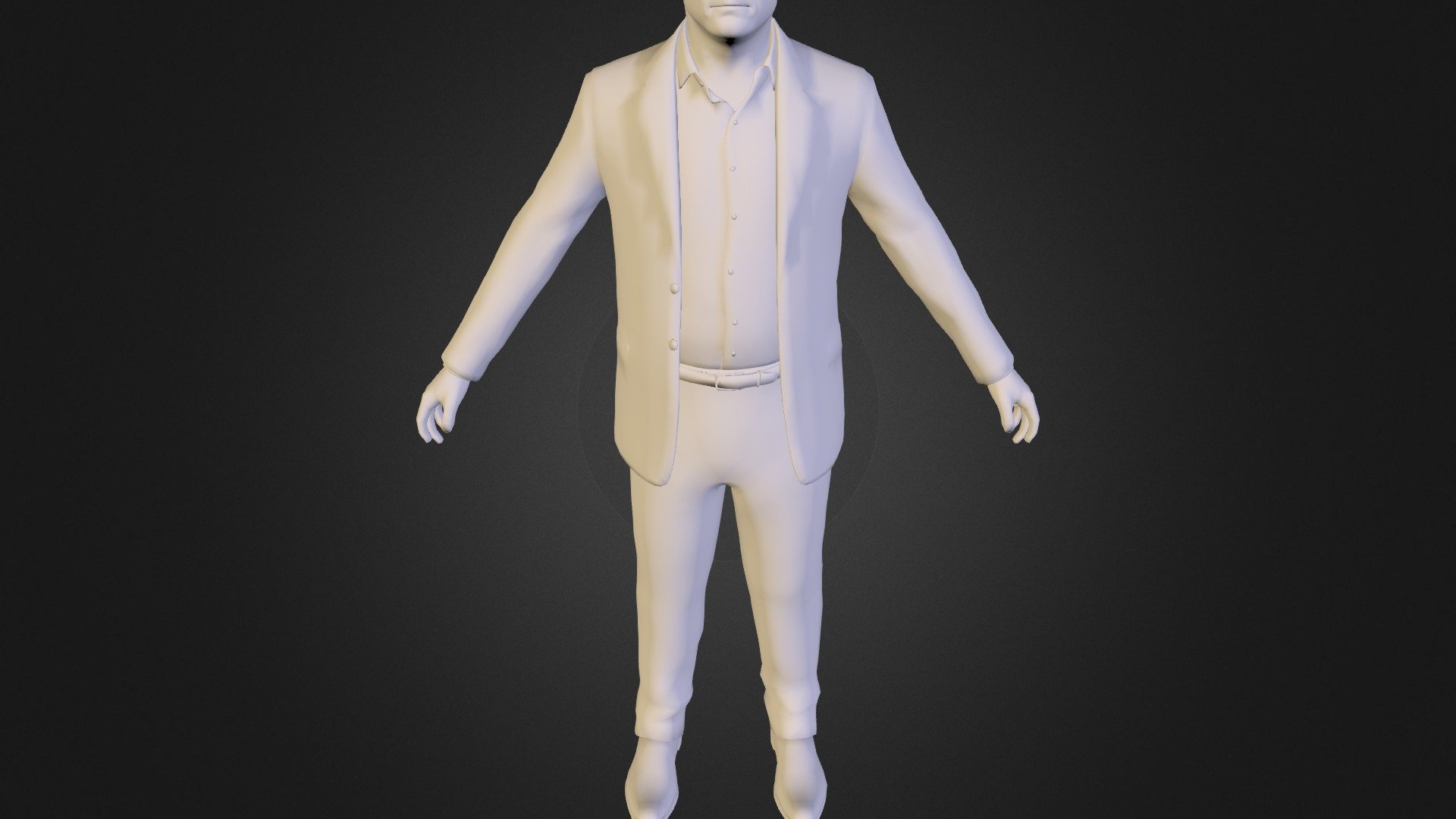
michael_fullbody
sketchfab
The human body is a complex and dynamic system, consisting of trillions of cells that work together to maintain homeostasis and overall health. The nervous system plays a crucial role in this process, functioning as the control center for all bodily functions, including movement, sensation, perception, and cognition. Through a network of billions of neurons, the nervous system processes information, enables communication between different parts of the body, and controls voluntary actions such as walking, talking, and writing. The brain, the central organ of the nervous system, is responsible for processing sensory input, controlling movement, and facilitating thought, emotion, and memory. It is estimated that the human brain contains over 100 billion neurons, each with thousands of connections to other neurons, making it one of the most complex and highly interconnected systems in the known universe. In addition to the nervous system, the human body also relies on the endocrine system, which produces hormones that regulate various bodily functions, such as growth, development, metabolism, and reproductive processes. The endocrine system consists of several glands, including the pituitary gland, thyroid gland, adrenal glands, pancreas, and gonads. The circulatory system, also known as the cardiovascular system, plays a critical role in transporting oxygen and nutrients to cells throughout the body while removing waste products. This system is comprised of the heart, blood vessels, and blood, which work together to maintain blood pressure and ensure that oxygenated blood reaches all parts of the body. The digestive system, responsible for breaking down food into nutrients that can be absorbed and utilized by the body, consists of the mouth, esophagus, stomach, small intestine, and large intestine. The respiratory system, on the other hand, is responsible for exchanging oxygen and carbon dioxide through breathing, with the lungs being the primary organs involved in this process. The immune system protects the body against pathogens and diseases, using a complex network of cells, tissues, and organs to defend against infection and disease. The integumentary system, consisting of the skin, hair, nails, and associated glands, provides protection from external factors such as temperature, sunlight, and mechanical injury. The musculoskeletal system, comprised of bones, muscles, tendons, and ligaments, enables movement, support, and stability throughout the body. The reproductive system, responsible for producing sex cells and facilitating reproduction, includes organs such as the ovaries in females and testes in males. In conclusion, the human body is a highly complex and intricate system, consisting of multiple interrelated systems that work together to maintain overall health and function. Each system plays a vital role in ensuring that the body operates efficiently and effectively, allowing humans to live, grow, and thrive in a dynamic and ever-changing world.
With this file you will be able to print michael_fullbody with your 3D printer. Click on the button and save the file on your computer to work, edit or customize your design. You can also find more 3D designs for printers on michael_fullbody.
